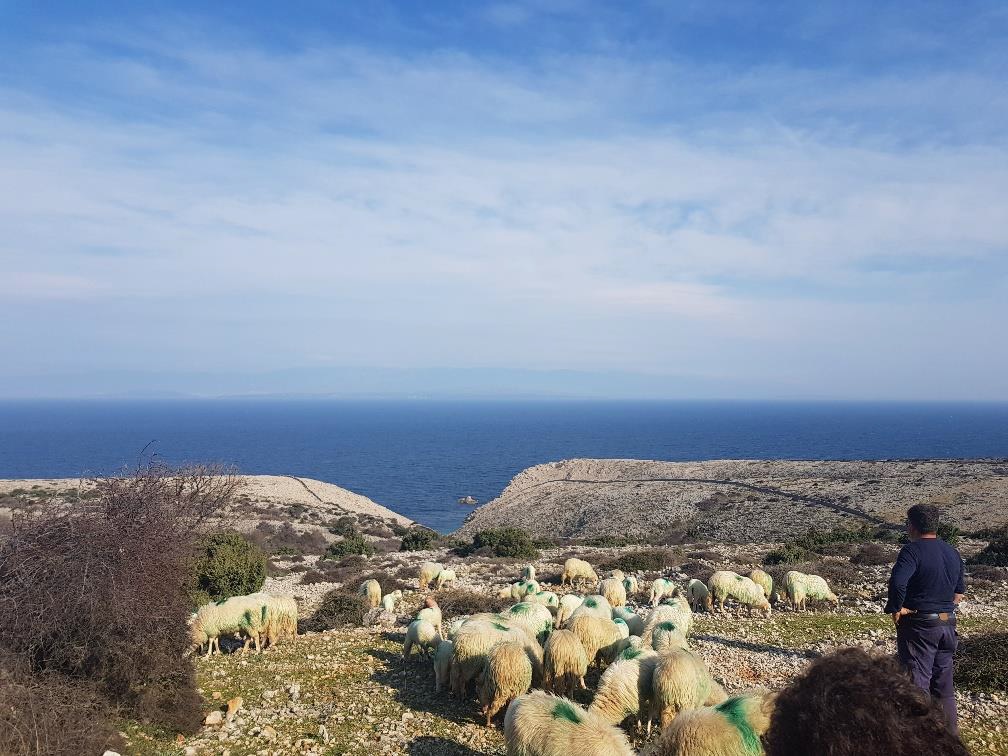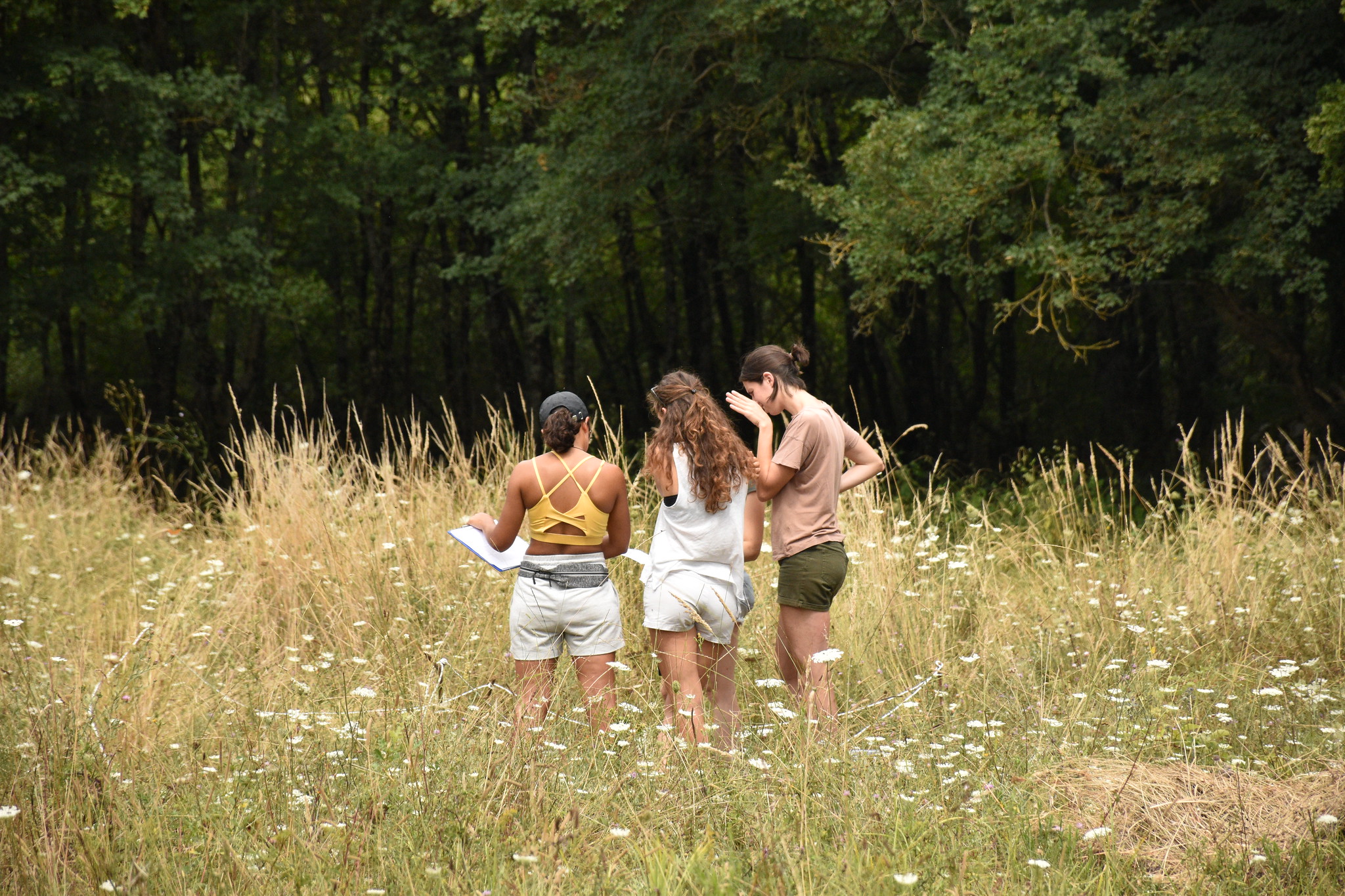 First rat control on seabird colonies in Croatia – this is the title of a short news which appeared in the current IUCN South-Eastern European Bulletin (June 2011). This bulletin periodically brings news on nature and environment and hot topics in the field.
First rat control on seabird colonies in Croatia – this is the title of a short news which appeared in the current IUCN South-Eastern European Bulletin (June 2011). This bulletin periodically brings news on nature and environment and hot topics in the field.
This issue gives a note on NGO BIOM’s project of rat control in order to preserve tubenoses colony in Lastovo archipelago.
Here we bring full article.
Several rat species are globally recognised as dangerous invasive with harmful impacts on native flora and fauna. Among them, the ship rat is listed by IUCN (2000) as one of the 100 of the World’s worst invasive alien species. The ship rat is present in Croatia since ancient times as one of the first organisms that invaded new areas following humans’ migrations. Unfortunately, as its name suggests, it is spreading by ships and it has reached many previously mammal-free offshore islands. On those islands they prey on eggs and chicks of colonial seabirds, severely decreasing breeding success of already endangered species.
The Association for Biological Research – BIOM started a rat control programme with support of the Nature Park “Lastovo archipelago” aiming to increase breeding success of Cory’s and Yelkouan Shearwater. During previous years, zero breeding success caused by rat predation was observed in some colonies, thus an urgent need for rat control was emphasized.
Ship rats are excellent swimmers able to pass hundreds of meters of sea and a complete eradication is a reasonable solution only on isolated islets. Consequently, as all important shearwaters’ colonies are on islets close to the main island of Lastovo, annual rat control is necessary during the shearwater breeding season.
Rat control is conducted using live traps to avoid accidental mortality of other organisms that might happen when using snap traps or poison baits. Preliminary results indicate a higher breeding success already this spring what motivates BIOM’s team to take further actions on this issue.
You can download IUCN South-Eestern European Bulletin from BIOM’s web page. IUCN SEE e-bulletin Issue 26








